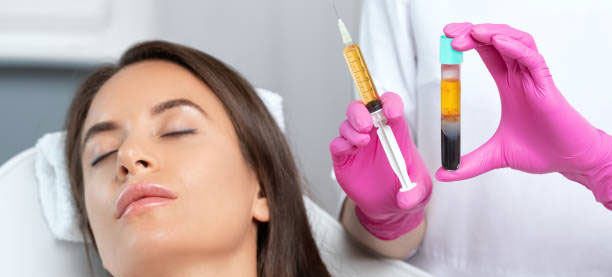
PRP Facial Treatment: Harnessing Your Body's Healing for Youthful Skin
Introduction to PRP Facial
In recent years, the PRP Facial, known as Platelet-Rich Plasma Facial Rejuvenation, has surfaced as a groundbreaking cosmetic therapy, providing a natural and efficient remedy for various skin issues. Understanding the essence of PRP, the treatment process, and its scientific underpinnings is key to appreciating its benefits and potential impact on skin health.
What is PRP?
PRP stands for Platelet-Rich Plasma, a component of blood renowned for its high concentration of platelets, growth factors, and cytokines. It’s extracted from the patient’s blood through a specialized process.
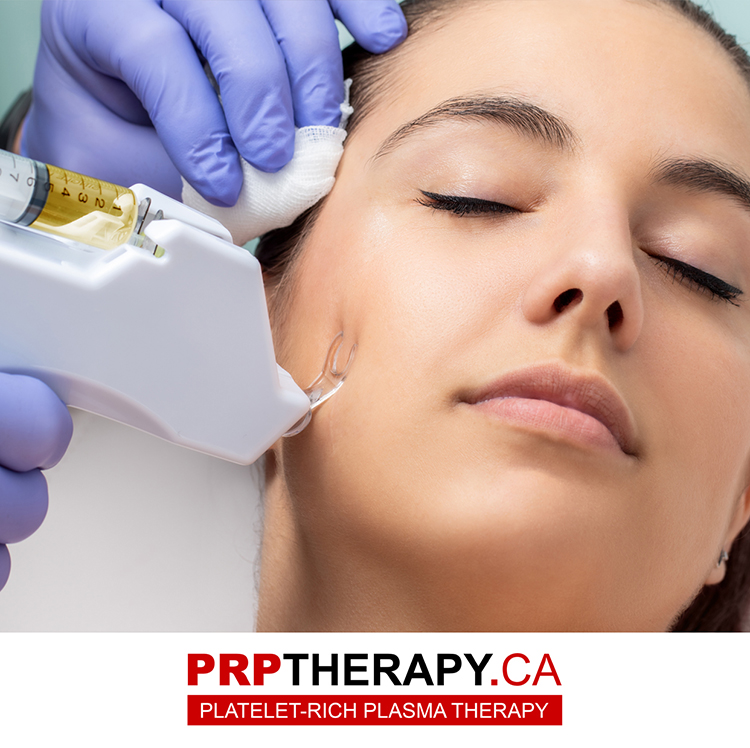
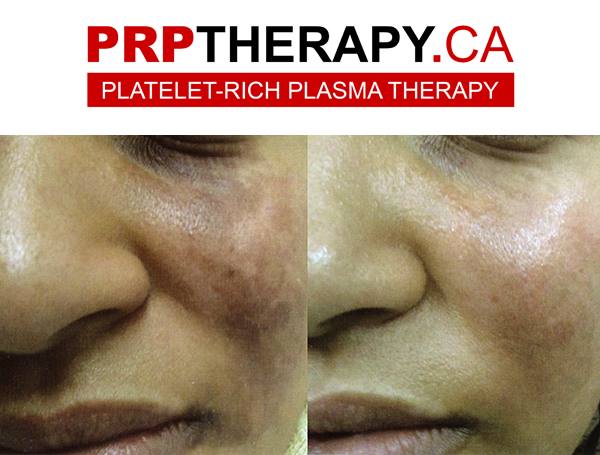
The Process of PRP Facial
The process includes extracting a small quantity of blood from the individual, which is spun in a centrifuge to separate the PRP. The resulting platelet concentrate is meticulously injected or applied topically to the facial area.
Benefits of PRP Facial
Skin Rejuvenation
PRP promotes tissue regeneration, stimulates collagen production, and aids in forming new blood vessels.
This technique enhances skin tone, texture, and resilience, reducing the prominence of fine lines, wrinkles, and dark spots.
Collagen Production
Increased levels of growth factors within PRP prompt the generation of collagen, a vital protein responsible for maintaining the firmness and suppleness of the skin. This collagen regeneration helps in acne scar removal and overall skin rejuvenation.
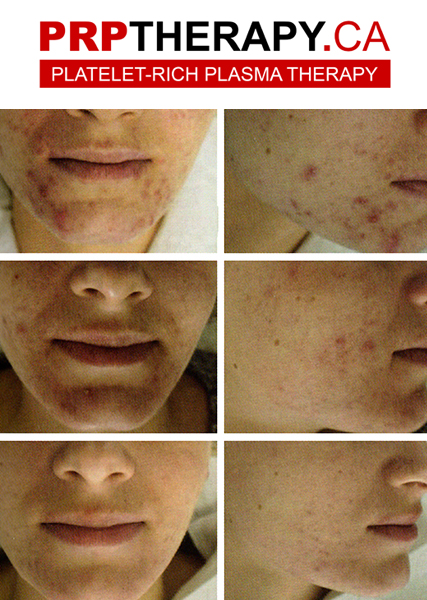
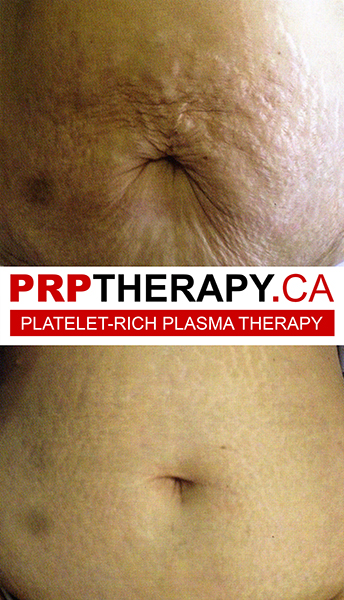
The Science Behind PRP Facial
Platelet-Rich Plasma
PRP harnesses the body’s natural healing processes by utilizing the regenerative properties found in platelets. These growth factors and cytokines are pivotal in tissue regeneration and wound healing.
How PRP Works in the Skin
PRP stimulates cell turnover, encourages stem cell production, and promotes new tissue generation upon injection or topical application. This process addresses specific skin concerns and enhances overall skin health.
The treatment, performed by board-certified dermatologists or medical professionals like Dr. Andres Gantous, involves gentle cleansing of the facial area before the PRP injection. Topical numbing cream might ensure patient comfort during the procedure, typically lasting around an hour.
Benefits of a Vampire Facial
PRP Facial treatment offers long-lasting results with minimal downtime. It’s a natural treatment derived from the patient’s blood, reducing the likelihood of adverse reactions. Good candidates for PRP Facials encompass a wide range of ages and skin types, seeking improvements in skin texture, tone, and appearance of fine lines.
Potential Risks and Recovery
While PRP Facial treatments are generally safe, potential risks such as redness or mild swelling may occur post-treatment. These effects usually subside within a few days. Clients seeking noticeable yet natural results find PRP Facials popular due to its minimal recovery time compared to more invasive cosmetic procedures.
The Procedure of PRP Facial
Initial Consultation
Before a PRP Facial treatment, an initial consultation with a qualified medical professional is crucial. This involves discussing the patient’s medical history, skin concerns, and individual needs. The doctor assesses if the patient is a good candidate for PRP Facial Rejuvenation and explains the procedure in detail.
The Treatment Process
The PRP Facial procedure typically follows a 3-step process:
1. A small amount of the patient’s blood is drawn.
2. This blood sample undergoes centrifugation to isolate the platelet-rich plasma.
3. The PRP, rich in growth factors and various components that aid skin rejuvenation, is applied or injected into the treatment area.
What to Expect After the Procedure
Following PRP Facials, individuals might notice minor redness or swelling in the treated area, usually diminishing within a few days. With minimal discomfort, patients can swiftly return to their regular activities post-procedure. Results gradually become noticeable, with overall skin texture, tone improvements, and fine lines becoming more apparent in the weeks following the treatment.
Comparing PRP Facial with Other Treatments
PRP Facial VS Botox
While both methods target wrinkle enhancement, Botox requires neurotoxin injections to immobilize facial muscles, momentarily lessening lines from muscle movement. Conversely, PRP Facials employ the body’s innate healing mechanisms to trigger collagen production and revitalize the skin, providing subtler and more gradual results.
PRP Facial VS Microdermabrasion
Microdermabrasion involves a mechanical exfoliation process to eliminate the outer layer of deceased skin cells. PRP Facials, conversely, involve the application or injection of Platelet Rich Plasma, promoting tissue regeneration and collagen production. PRP Facial provides deeper rejuvenation and long-term benefits compared to microdermabrasion.
PRP Facials VS Chemical Peels
Chemical peels involve applying a chemical solution to exfoliate the top layer of the skin to improve its texture and tone. On the other hand, PRP Facial focuses on leveraging the body’s natural healing mechanisms, initiating collagen production and tissue renewal, presenting a more comprehensive method for skin revitalization compared to chemical peels.
Cost and Affordability of PRP Facials
Average Cost of PRP Facials
The price of a PRP Facial treatment fluctuates based on multiple factors; however, the average cost typically spans from a few hundred to several thousand dollars per session. This cost typically covers the procedure itself and any necessary pre and post-care.
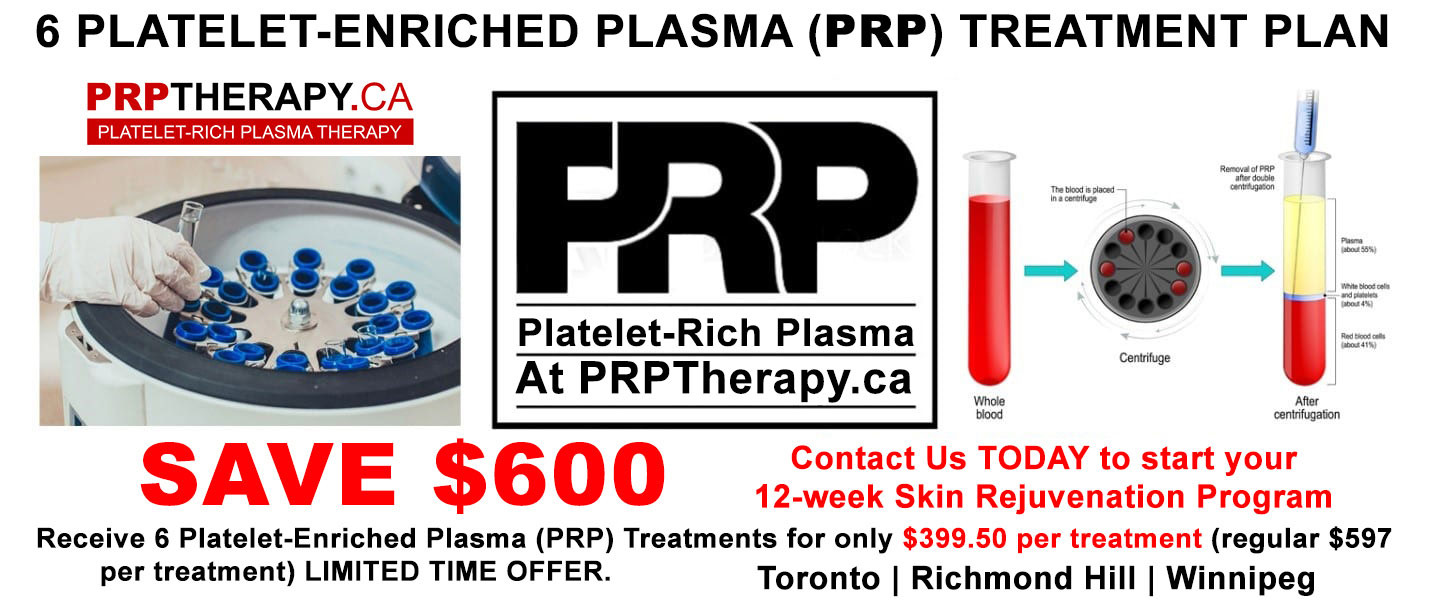
Possible Risks and Side Effects of PRP Facials
Short-Term Side Effects
Immediate effects from PRP Facial treatments might encompass slight swelling, redness, or bruising at the sites where injections are administered. These effects are usually temporary and tend to resolve within a few days.
Long Term Effects
Long-term adverse reactions from PRP Facials are rare. However, unforeseen complications such as infection, allergic reactions, or prolonged redness could occur as with any medical procedure. These occurrences are infrequent and typically associated with improper technique or inadequate post-treatment care.
Book Your Free Consultation Today Or Call
(647)-691-3971
PRP Facial Winnipeg
PRP Facial Toronto
PRP Facial Richmond Hill
Proven Results of PRP Facials
Before and After PRP Facial
Images captured before and after the procedure frequently showcase notable enhancements in skin texture and tone, along with decreased visibility of fine lines and acne scars. Outcomes can differ depending on individual reactions to the treatment and compliance with post-procedural care guidelines.
How to Maintain Results After PRP Facial
Skincare Routine Post PRP Facial
Maintaining the results of PRP
Facials involves a dedicated skincare routine. Gentle cleansing, moisturizing, and the consistent application of sunscreen are essential.
Refrain from using harsh chemicals or abrasive exfoliants right after the procedure to enable effective skin healing.
Promote Healthy Skin through Nutrition
A well-balanced diet abundant in nutrients such as vitamins C and E, zinc, and antioxidants promotes skin well-being. Incorporate foods like fruits, vegetables, nuts, and fish, as they aid in collagen production and overall skin vibrancy.
When to Get the Next PRP Facial
The frequency of PRP Facial treatments varies based on individual needs and the desired outcome. Some individuals do these treatments monthly, while some might benefit from touch-up sessions every 6 to 12 months. Others might extend the duration between treatments due to sustained results.
Q&A
What is the downtime after a PRP Facial?
The downtime post-PRP Facial is minimal. Patients might encounter slight redness or swelling, usually diminishing within a few days, enabling them to return to regular activities.
Are there any age restrictions for PRP Facial treatments?
PRP Facial treatments are generally suitable for individuals of various ages seeking improvements in skin texture, tone, and the appearance of fine lines. However, a consultation with a qualified practitioner is essential to determine if it’s best for each individual.
Can PRP Facials be combined with other treatments?
PRP Facials can be combined with other cosmetic treatments like microneedling or dermal fillers for enhanced results. Combining procedures might be an option the practitioner recommends based on individual skin concerns.
How long do the results of a PRP Facial last?
The longevity of PRP facial results varies among individuals. While certain individuals may observe lasting improvements for 18 months, others may find it advantageous to undergo touch-up sessions every 6 to 12 months to sustain optimal results.
Is PRP Facial treatment painful?
Patients might experience minimal discomfort during the procedure, which is usually well-tolerated.
Frequently, topical numbing creams are administered to guarantee the patient’s comfort.
Are there any side effects associated with PRP Facials?
Short-term side effects such as mild swelling or redness at the injection sites are common but temporary. Long-term adverse reactions are rare and often associated with improper technique or inadequate post-treatment care.
What makes PRP Facial a standout option for skin rejuvenation?
PRP Facials stands out because it utilizes the body’s healing components, like platelets and growth factors from the patient’s blood. This natural approach fosters tissue regeneration and enhances skin quality.
Are PRP Facial treatments restricted to specific areas of the body?
While commonly performed on the face, PRP Facial treatments can benefit various areas of the body where skin rejuvenation or improvement is desired, such as the neck, hands, or even the décolletage.
Can individuals on blood thinners opt for PRP Facials?
Individuals taking blood thinners might require modifications to their medication schedule with the guidance of a healthcare provider before opting for PRP Facial treatments. I want to point out that I would like to point out that seeking advice from a medical professional is essential in these situations.
What’s the downtime after a PRP Facial, and when can one expect to see the best results?
Post-PRP Facial downtime is minimal, with patients typically resuming normal activities shortly after. Optimal results, showcasing improved skin tone and texture, often become noticeable within weeks after the treatment.
How does PRP Facial contribute to the body’s healing process?
PRP Facial harnesses the healing potential of platelet-rich plasma, stimulating tissue regeneration, boosting collagen production, and fostering the formation of new blood vessels, all essential aspects of the body’s natural healing process.
Are PRP Facials in high demand, and why are they popular?
PRP Facial treatments have seen a surge in demand due to their non-invasive nature, minimal downtime, and impressive skin rejuvenation results they offer, making them a sought-after option for individuals seeking natural-looking enhancements.
Can PRP Facial treatments aid in the reduction of inflammation or injuries?
While PRP Facials aim to improve skin quality and appearance, they aren’t primarily intended to address inflammation or acute injuries. However, they may contribute to overall skin health and assist in minor skin issues.
Are there any specific devices or techniques used in the PRP Facial procedure?
The PRP Facial procedure typically involves specialized devices for blood extraction and centrifugation to isolate the platelet-rich plasma. The application or injection of PRP utilizes specific techniques to ensure optimal results.
